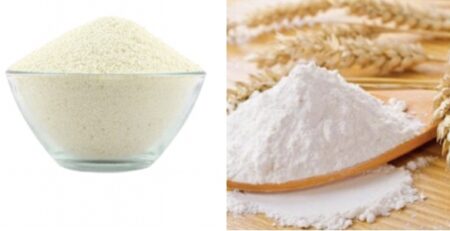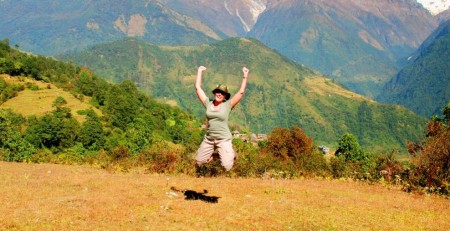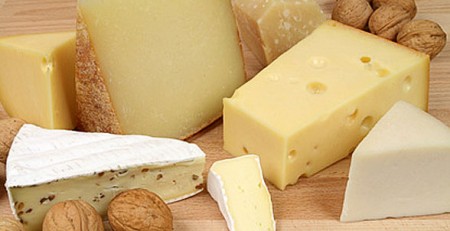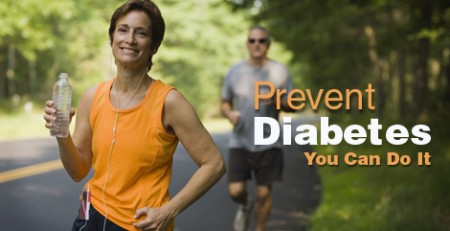Iron Deficiency Anaemia
Rampant Iron Deficiency Anaemia In Women And Children!
According to the National Family Health Survey (NFHS), 35.7 percent of children and 46.1 percent of women in India were anemic in the year 2016.
The numbers have gone up to 68.4 and 66.4 percent respectively, in the year 2019.
This is an alarming rise. And children seem to have overtaken women in this regard.
Iron is an important mineral that our body needs for various functions like oxygen and carbon dioxide transportation, metabolism, growth, normal cellular function, synthesis of hormones and connective tissue, and DNA.
Deficiency of iron causes anemia, fatigue, lack of energy, hampered physical and mental growth in the growing age, lowered immunity, and impaired cognitive development.
We get iron from our food like most other nutrients.
The iron that we get from animal source foods is heme iron while that we get from vegetable source foods is of the non-heme iron. The heme iron has greater bioavailability, that is, it is better absorbed by our body than the non-heme iron which has lower bioavailability, that is, it is not as well absorbed by our body as the heme iron.
That means even if the amount of iron present in the vegetable source foods is greater than that available in animal source food, the body utilities the animal source iron better.
The best sources of non-heme iron are pulses like soya, peas, various beans, and lentils like tur, masur, matki, chavli, mug, most vegetables, especially leafy vegetables like spinach, fenugreek, amaranth and grains like rajgira, and cereals like wheat, bajri or pearl millet, jowar or sorghum, nachani or ragi or finger millet, oats, etc. Fruits like apricots, dates, peaches, prunes, currants, raisins, pears, figs, apples are also good sources of iron.
Dark chocolate is also a good source of non-heme iron.
Our bodies can utilize non-heme iron better when we consume vegetable source iron-rich foods along with Vitamin C-rich foods. So including tomatoes and bell papers and citrus fruits and guavas in our food will help us utilities the non-heme iron better. Indian gooseberries and guavas are the richest sources of Vitamin C.
The best source of heme iron is animal liver and red meat. This heme iron is the best source of iron for us. The safest red meat to consume is goat meat, even better than poultry.
Shell fishes, oysters, and also some other fish like tuna, salmon, and crabs are also good sources of heme iron. Fishes with scaly skin are better sources of heme iron.
The richest source of iron is clams (‘tisrya’, a shell fish delicacy). They are also rich in Vitamins C and B12.
So for an ill, anemic person with normal blood cholesterol levels, clams, goat meat, liver, oysters, and fish could just be the best nutritional support on his or her way to recovery.
Cooking food in iron vessels also adds iron to our food. We can use this to add iron to our food.
Only avoid cooking acidic food with a lot of tomatoes, lime, vinegar, or tamarind and dessert delicacies in iron vessels as they may develop a metallic taste.
Use iron vessels to cook food quickly, avoid prolonged, slow cooking in iron pots.
Once cooked, always immediately remove the cooked food from the iron vessels to steel or glass vessels, don’t leave it in the iron vessels as it will add metallic taste to the food.
Apart from iron, we also need to include adequate Vitamin B12 and folate in our food to fight of anaemia.
The above animal source foods plus milk will also provide ample Vitamin B12 to such a diet.
The only source of Vitamin B12 in the vegetarian diet is milk. Vegetarian people need to drink at least two and half cups of milk to get adequate Vitamin B12.
Adding ample green leafy vegetables to food will add sufficient folate to such a diet, the other important nutrient that helps us fight off anaemia.
Please also read the article ‘Basics Of Nutrition’ on this website.
















